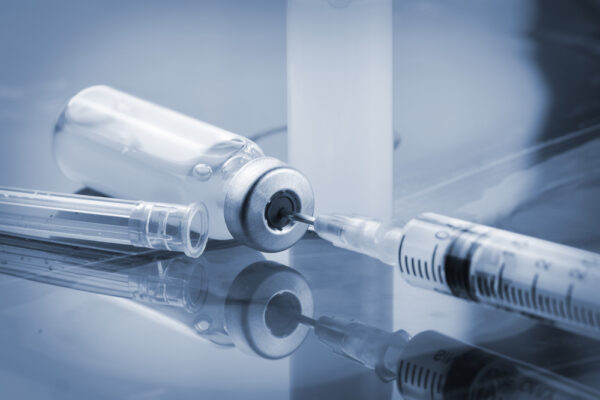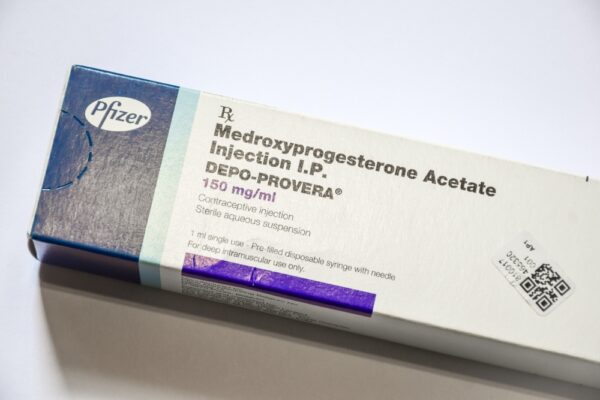At the turn of the new century, the National Highway Traffic Safety Administration (NHTSA) championed safety regulations governing motorcycles and motorcycle riding. Flying in the face of the regulations, seemingly, has been the production of after-market parts by catalog and other companies which sell parts believed to add to the machismo of riding a "hog"—Harley’s big bike—and other motorcycles. Just as federal regulators have cracked down on the nation’s car manufacturers by strengthening safety, as well as clean air and emissions, and standards for the nation’s 135 million vehicles, they have been focusing recently on motorcycle safety, with a special emphasis on the addition of after-market parts that may make the bikers’ rides less safe.
Joan Claybrook, NHTSA Administrator (1977 through 1981), was quoted in an article for The Washington Post, May 26, 2012, by Debbie Cenziper, as saying "NHTSA tends to focus on things where the most deaths occur… motorcycle deaths have been going up when other deaths have been going down. That would suggest that maybe there’s something more here."
Ms. Cenziper chose to highlight Custom Chrome, a supplier of after-market parts, which at one time sold more than 3,000 motorcycle parts to dealers for Harley-Davidson and other American bikes. It also sold kits for bike aficionados to put together, apparently with little focus on the safety of the nation’s 8 million bikers at the time. Due to its apparent lack of focus on safety, bike riders were likely injured or killed. Custom Chrome incurred so many liabilities ($190 million) that it finally took bankruptcy after a biker’s family sued the company following the man’s death due to a ruptured inner tube in an after-market tire made in Taiwan bursting and throwing the rider and his passenger from the bike.
Now that the NHTSA has studied the role of modifications to bikes in motorcycle crashes, it has begun "working with after-market vendors to make safety a priority." After-market parts that make a bike less safe could include parts where owners change how certified engines, fuel and exhaust systems work, with the addition of air filters, ignitions and pipes. One bike-owner who purchased after-market parts noted melting tail lights, sticking clutches and improperly sized rear axles. As if mechanical glitches weren’t enough, bikes produce more smog-forming emissions by far than the average car, so what happens when a bike owner messes with their pipes? Paul Billings, VP of the American Lung Association believes it’s a willful violation of the law to produce such smog-forming particles—and he wants to "go after the manufacturers and retailers."
While there really aren’t statistics on the number of accidents caused by parts which don’t comply with safety standards so far, one NHTSA statistic is available and that is: "Motorcyclists are 25 times as likely as passenger car occupants to die in a crash and five times as likely to be injured." That alone gives one pause—and it should make bike owners think about safety and about any modifications they make to their bikes.
___________
"Some after-market motorcycle parts don’t meet safety or environmental standards, experts say," Cenziper, Debbie, The Washington Post, May 26, 2012. http://www.washingtonpost.com/investigations/some-after-market-motorcycle-parts-dont-meet-safety-or-environmental-standards-experts-say/2012/05/26/gJQAgQezsU_print.html
Op.Cit.
Ibid.
Ibid.










Comments for this article are closed.